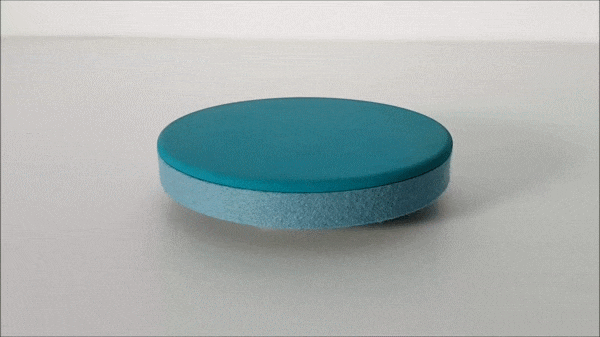Official website of Award Winning Industrial & Interaction Designer Mo Moradi
Berlin – Germany
Inquiry & consultancy via
hi@momoradi.com
AVA | enriching the conversational human-computer interaction

Idea | Ava is a smart assistant with body language. It is an experimental project designed to explore how adding physical feedback to an interface, combined with an additional layer of nonverbal communication, can enhance our interactions with technology.
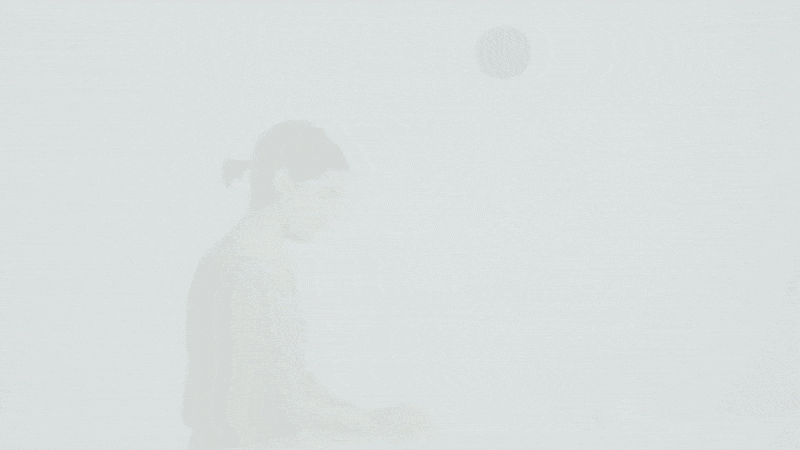
Motivation | To offer a more nuanced take on our relationship with digital life.
User journey : playing music using Google Assistant.
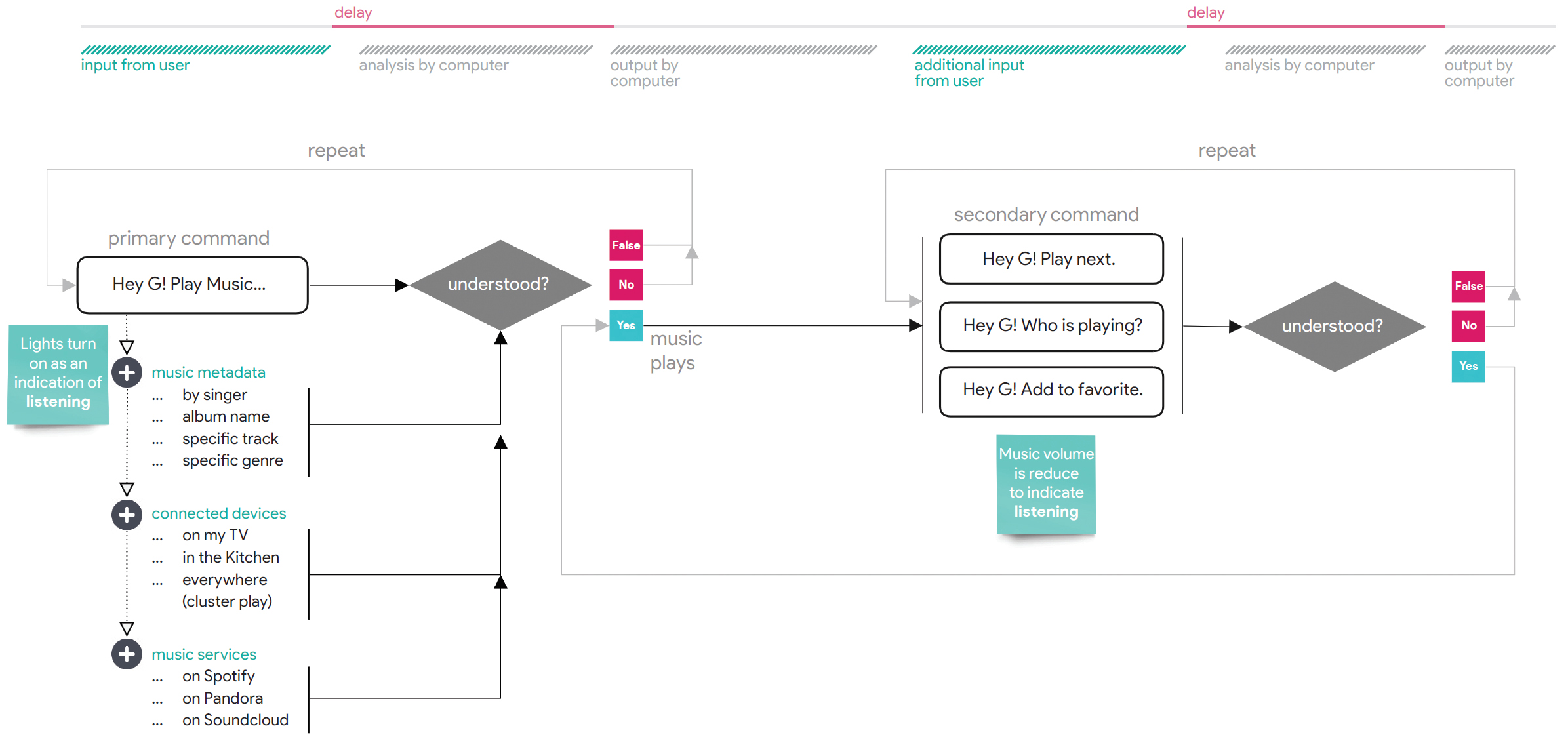
Despite the tremendous technological advancements in speech recognition and data analysis, still, latency is an inevitable part of the voice-based interfaces. The latency which will be covered by body language in human-human conversation.
Motion | AVA uses motion to create a more natural feedback in human-computer conversation.

Movement is a critical part of a character. Emotional machines with motoric abilities, possess the power to convey the illusion of life simply by their physical presence and simple movements. After sharing my ideas with an animator and a puppeteer friend of mine, I came up with the idea of a physical body that is covered with a skin and has its skeleton underneath it. The skeleton would be the mechanism to create motion beneath the skin.

I wanted to radically reduce the ways the device could indicate its state. I did not want to create a humanoid or anthropomorphic form. I did not want to define the “face” of the assistant by adding facial features such as eyes and lips to it.
I did not want to use light as an indicator for this assistant. I wanted to minimalize the display of the assistant to a simple 2D surface, that could morph and become a 3D surface when communicating.

Animate | With the help of a puppeteer and an animator, I designed the appearance and the expressive movements of my concept. I went through many versions, trying to show a respectful attentiveness in animation. I wanted to create an entity with a body, flexible enough, where I could try to apply Disney’s 12 principles of animation, to create an illusion of a living assistant.
First I recommend you have a look at these beautiful animations I found here, then scroll down to see AVA in action!
Here are some examples of AVA’s motion based on those principles :
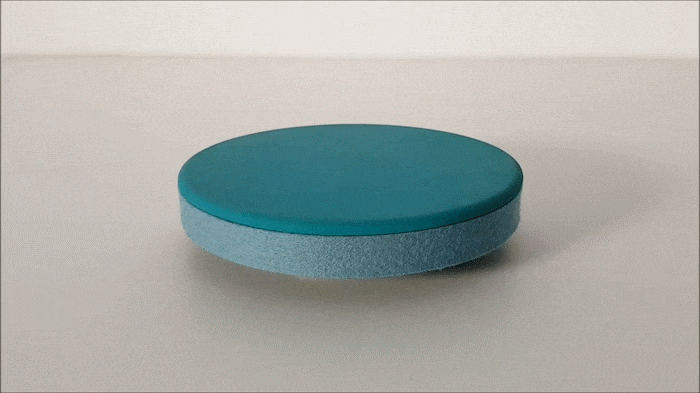
Squash & Stretch
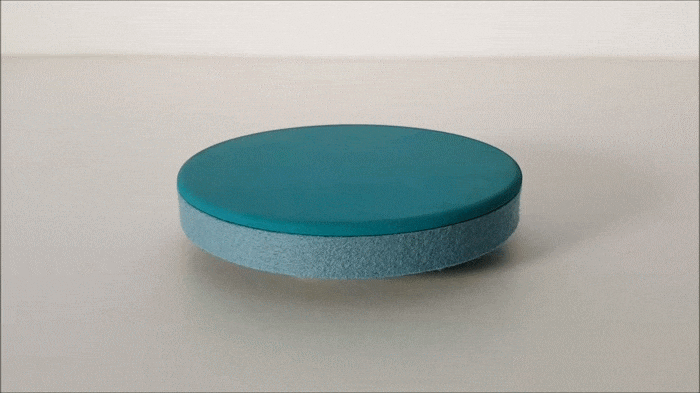
Staging
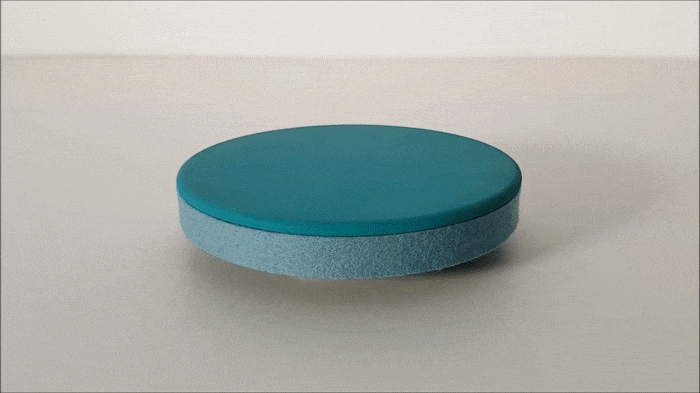
Anticipation
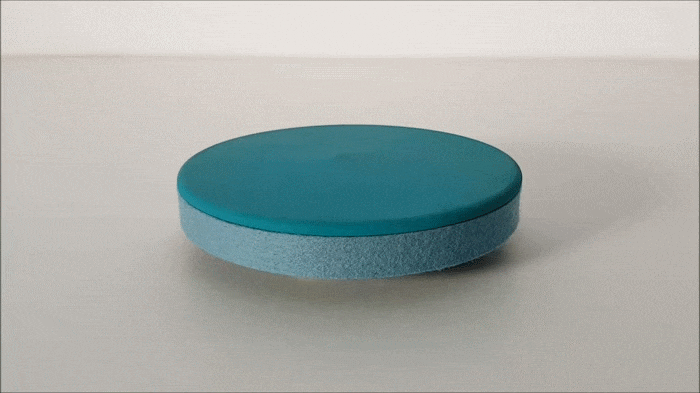
Appeal

Secondary action (sound effects are added as the secondary action)
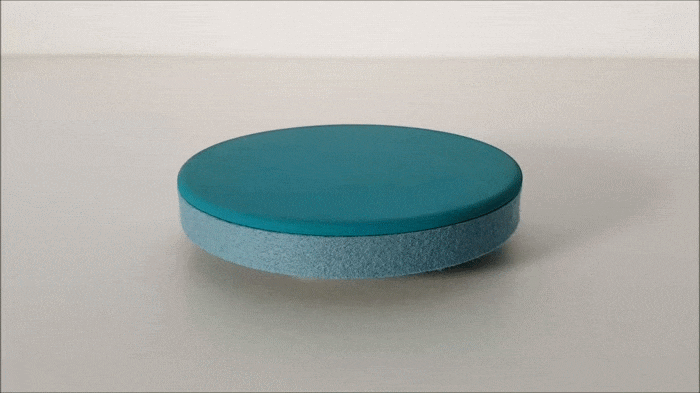
Arc
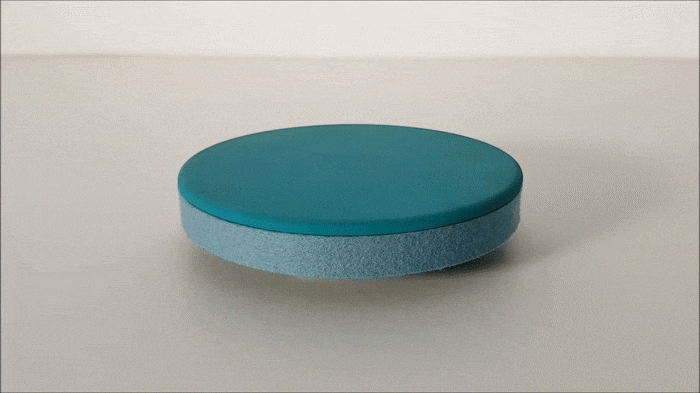
Follow Through and Overlapping

Slow in & Slow out
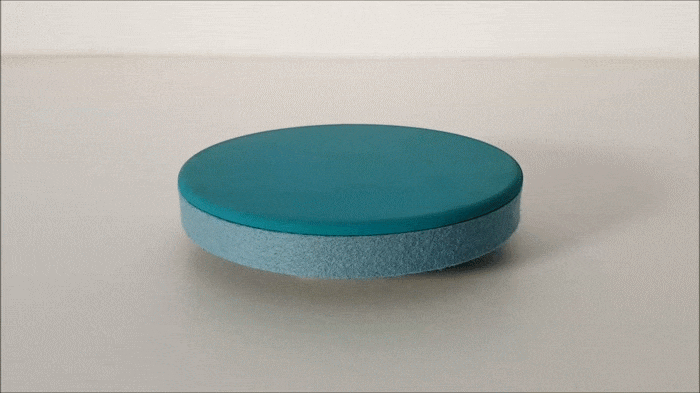
Pose to Pose
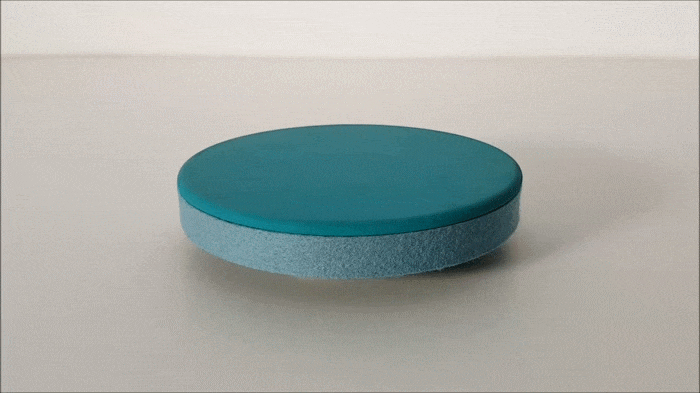
Exaggeration
Use case | From a social and psychological perspective, movement is very important. It ties to how much of human communication is nonverbal. As humans, we express through our bodies all the time. Having a physical body capable of expressive movement plays a vital role in giving the voice-based Intelligent Personal Assistant a physical presence in the room.

In fact, a simple behavior may fool us by leading us to perceive Intelligent Personal Assistant as having emotions and therefore a more believable character.
AVA interacting with seniors with more delicate manners!
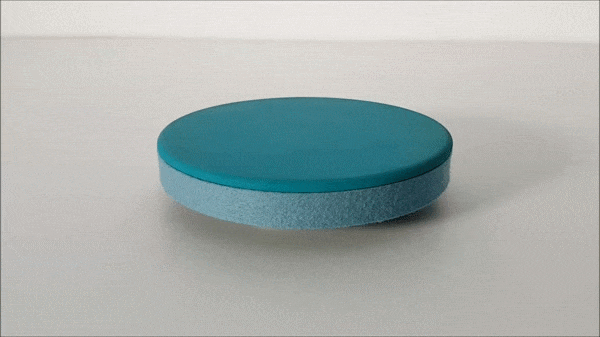
AVA interacting with kids in a funnier and more energetic way!
Facial expressions, posture, and physicality can deliver signs that either reinforce or undermine the verbal work going on.

As technology advances exponentially, home computers are becoming faster, cheaper and more aware of their surroundings and people spend added time communicating with these computers more and more. Ava‘s motion contributes to the quality of human-computer interaction.

AVA Studio | I didn’t want to define precisely how AVA should behave. In fact I just created the principles of AVA’s body motion. AVA Studio is a simple app that allows users to customize AVA’s behavior.
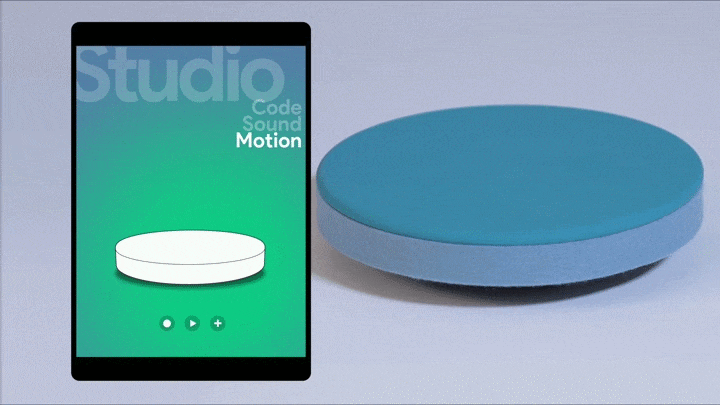
Design details :

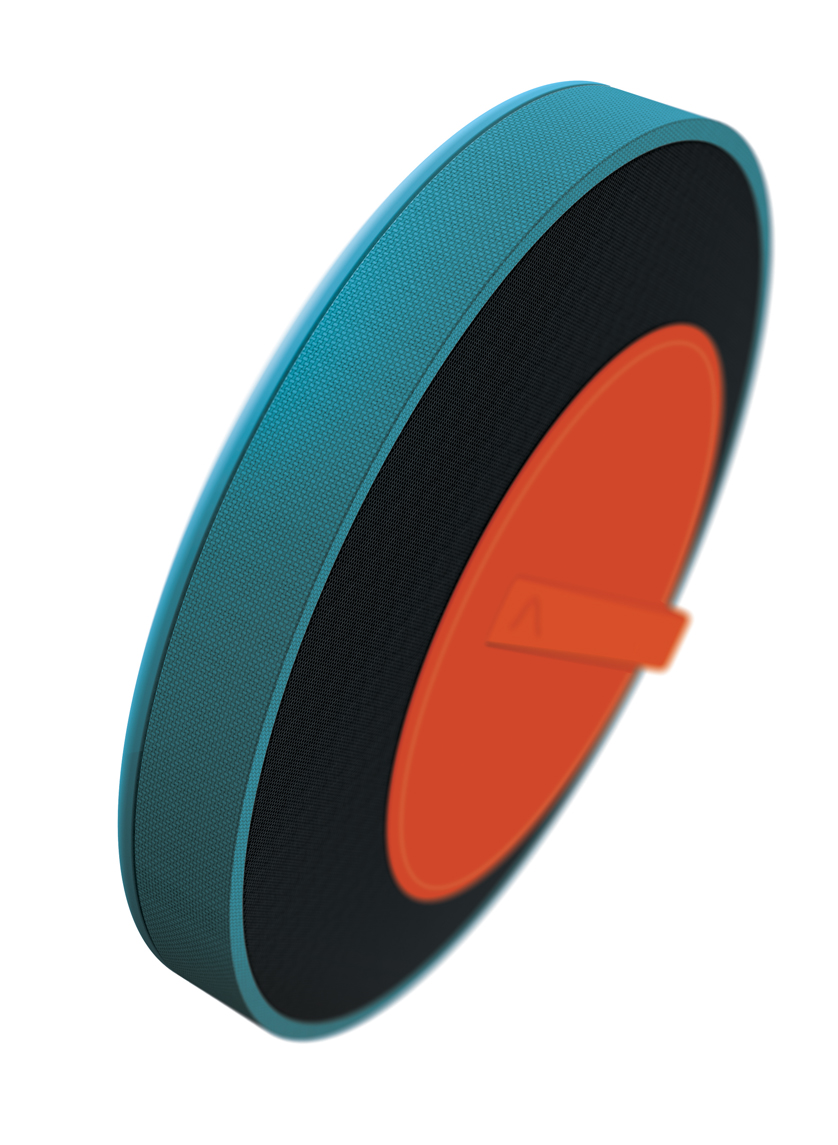

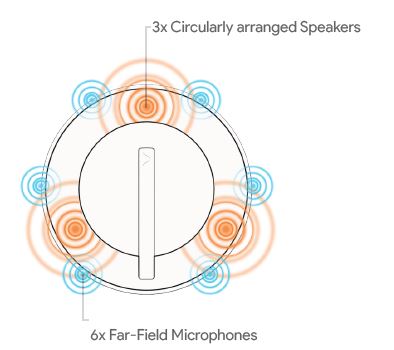
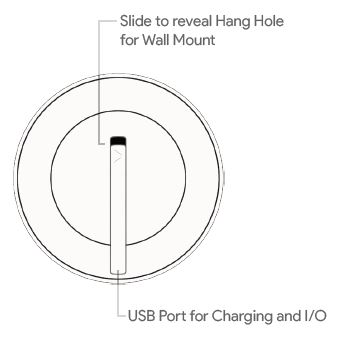

Supervisors: Prof. Carola Zwick & Prof. Dr. Jörg Petruschat
Master of Arts Product Design | Kunsthochschule Berlin Weißensee | April 2018
Special thanks to Maria & Soheil for helping me create the visuals.
